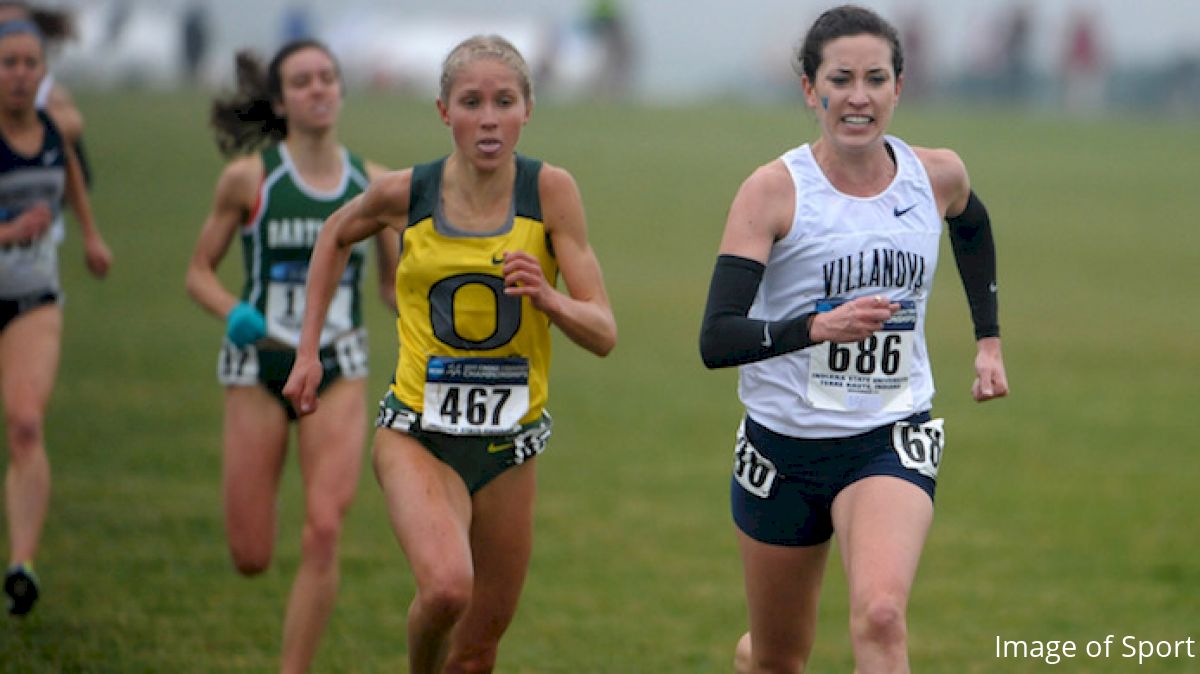Everyone But The NCAA Knows Women Should Race The Same XC Distance As Men
Everyone But The NCAA Knows Women Should Race The Same XC Distance As Men
2016 marks the first cross country season ever in which high school girls in all 50 states will race the same distance as the boys.

2016 will mark the first cross country season ever in which high school girls in all 50 states will race the same distance as the boys. But, inexplicably, women will continue to run the 6K at the NCAA championships while the men race either the 10K or 8K.
North Dakota was the final holdout for moving prep girls up from 4K to 5K. Hilariously, Texas and Oklahoma let some girls run 5K--but not all. Smaller classes in those states ran 3,200 meters.
This massively overdue change happened quickly. According to Runner's World, nine states were running shorter races for girls as recently as 2013. But Wisconsin and Mississippi in 2014, and Iowa, Kansas, South Dakota, and Minnesota in 2015 all switched to 5K. This now means Kansas and Mississippi are more progressive than the NCAA.
It also means that every level of distance running except for college cross country will have men and women racing the same distances. Men and women race the same distances on the track as high schoolers, collegians, and pros. They race the same distance on the roads. They race the same distance in high school cross country. And, as of 2017, men and women professionals at the IAAF World Cross Country Championships will both race the 10K.
At the NCAA championships, women race 6K in all three divisions. The men race 10K in Divisions I and II, and 8K in Division III. Other than small schools in Texas and Oklahoma, those are the only three championship races left where women have to race a different distance than men. It's obvious that, eventually, that will change; the only question is how long is the NCAA willing to be anachronistic and wrong?
If its past behavior is any guide, the answer is a very long time.
North Dakota was the final holdout for moving prep girls up from 4K to 5K. Hilariously, Texas and Oklahoma let some girls run 5K--but not all. Smaller classes in those states ran 3,200 meters.
This massively overdue change happened quickly. According to Runner's World, nine states were running shorter races for girls as recently as 2013. But Wisconsin and Mississippi in 2014, and Iowa, Kansas, South Dakota, and Minnesota in 2015 all switched to 5K. This now means Kansas and Mississippi are more progressive than the NCAA.
It also means that every level of distance running except for college cross country will have men and women racing the same distances. Men and women race the same distances on the track as high schoolers, collegians, and pros. They race the same distance on the roads. They race the same distance in high school cross country. And, as of 2017, men and women professionals at the IAAF World Cross Country Championships will both race the 10K.
At the NCAA championships, women race 6K in all three divisions. The men race 10K in Divisions I and II, and 8K in Division III. Other than small schools in Texas and Oklahoma, those are the only three championship races left where women have to race a different distance than men. It's obvious that, eventually, that will change; the only question is how long is the NCAA willing to be anachronistic and wrong?
If its past behavior is any guide, the answer is a very long time.